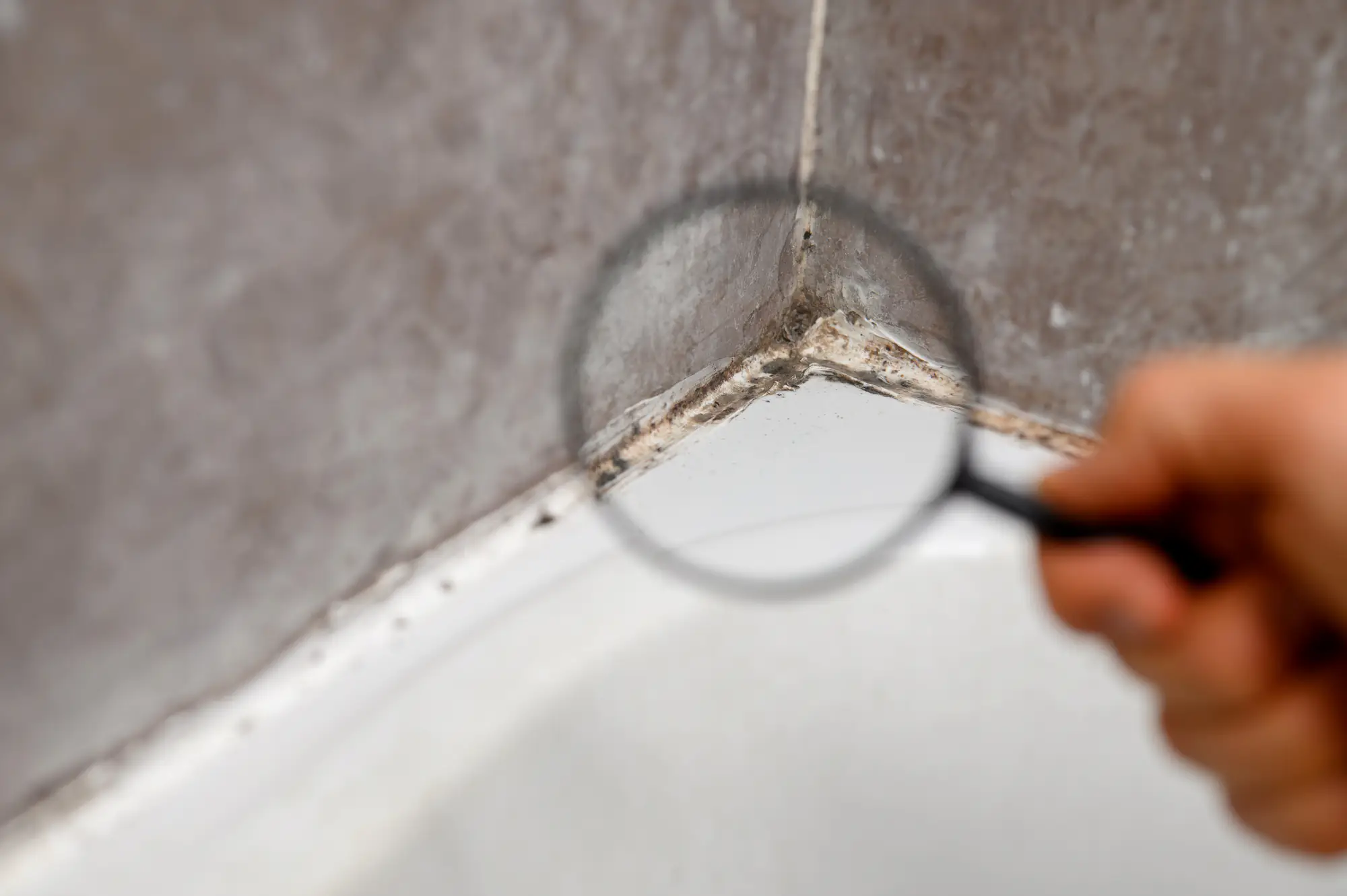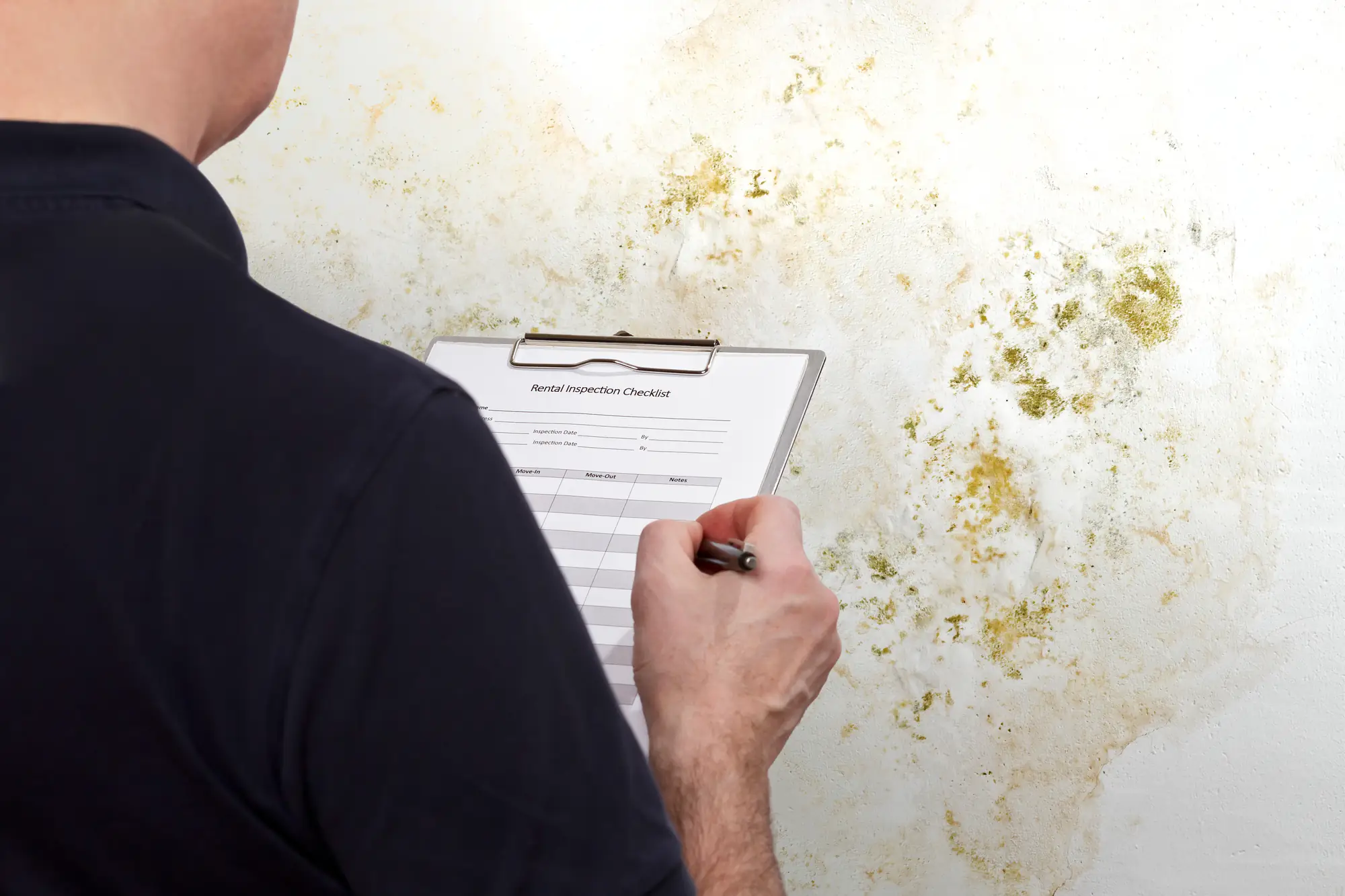
Hear from Our Customers

You’ll get clear, lab-backed answers about whether mold is actually present in your home. No guesswork, no scare tactics – just facts about what’s growing where and what it means for your family’s health and your property value.
Our certified inspectors use moisture meters and thermal imaging to map exactly where problems start and stop. You’ll receive a detailed report that tells you not just what we found, but what caused it and how to prevent it from coming back.
When we’re done, you’ll know if that musty smell is actually mold, whether those stains are something to worry about, and exactly what your next steps should be.
We’ve been serving Ardmore homeowners who need straight answers about mold problems. We understand Pennsylvania’s humid climate and how it affects older homes in our area.
Our certified inspectors know the specific challenges that Ardmore properties face – from basement moisture issues common in our older housing stock to HVAC problems that create perfect conditions for mold growth. We’ve seen how Pennsylvania’s climate can turn small moisture problems into bigger issues when they’re not caught early.
You’re not just getting an inspection – you’re getting local knowledge about what works in our area and what doesn’t.

First, we conduct a thorough visual inspection of your entire property, checking areas where mold typically grows – basements, attics, around windows, and anywhere moisture might collect. We look at both obvious spots and hidden areas that most people miss.
Next, we use moisture meters and thermal imaging cameras to map moisture patterns throughout your home. This non-invasive approach shows us exactly where water problems start and stop, helping us identify the root cause of any mold issues.
When we find areas of concern, we collect air and surface samples for laboratory analysis. These samples go to an independent, accredited lab that provides scientific data about what types of mold are present and at what levels. You’ll receive a clear, detailed report that explains our findings and gives you specific recommendations for next steps.

Ready to get started?
Every mold inspection includes a complete visual assessment, moisture mapping with professional equipment, and collection of samples for third-party lab analysis. You’ll receive digital documentation of all findings, including photos and moisture readings from throughout your property.
In Ardmore, we pay special attention to the basement and crawl space issues common in our area’s older homes. Pennsylvania’s humid summers and temperature fluctuations create unique challenges that we’ve learned to identify and address. We also check HVAC systems carefully, since our climate means most homes run air conditioning extensively during summer months.
Your inspection report will include specific recommendations based on Ardmore’s climate conditions and the type of property you have. We’ll explain exactly what we found, what caused it, and what you need to do to address any issues we’ve identified.

Mold inspection costs in Pennsylvania typically range from $200 to $1,000, depending on your property size and the type of testing needed. For most Ardmore homes, you can expect to pay between $300 and $650 for a comprehensive inspection that includes visual assessment, moisture mapping, and laboratory testing of samples.
The final cost depends on factors like your home’s square footage, how many areas need to be tested, and whether we need to access hard-to-reach spaces like crawl spaces or behind walls. Larger homes or properties with multiple problem areas will cost more because they require more time and additional samples.
We provide upfront pricing before we start, so you’ll know exactly what you’re paying for. Remember that investing in a proper inspection now can save you thousands later if it catches problems early or gives you peace of mind that your home is safe.
You should schedule a mold inspection if you’ve had any water damage, notice musty odors you can’t identify, see discolored patches on walls or ceilings, or if anyone in your family is experiencing unexplained respiratory symptoms. In Ardmore’s humid climate, it’s especially important to get inspected after basement flooding, roof leaks, or plumbing problems.
Consider an inspection if you’re buying a home, especially an older property common in our area. Many Ardmore homes were built before modern moisture control techniques, making them more susceptible to mold issues. Also get inspected if your home has been unoccupied for several months or if you’ve had HVAC problems.
Don’t wait if you suspect a problem. Mold can establish colonies within 24-48 hours in the right conditions, and Pennsylvania’s humidity during summer months creates those conditions quickly. Early detection saves money and protects your family’s health.
In Ardmore, we commonly find Aspergillus, Penicillium, and Cladosporium in homes, especially in basements and areas with poor ventilation. These molds thrive in Pennsylvania’s humid conditions and are often found around windows, in bathrooms, and in HVAC systems that haven’t been properly maintained.
Black mold (Stachybotrys chartarum) is less common but more serious when it occurs. It typically grows on materials that have been wet for extended periods, like drywall or wood that’s been soaked from leaks. This type requires special handling during inspection because of its potential health risks.
The specific types of mold in your home matter because different species require different remediation approaches and pose different health risks. That’s why we send all samples to an accredited laboratory for proper identification – it ensures you get the right treatment plan if remediation is needed.
A standard mold inspection for most Ardmore homes takes about two hours. This includes the visual assessment, moisture mapping with our equipment, and collection of air and surface samples. If we need to check hard-to-reach areas like crawl spaces, attics, or inside wall cavities, the inspection can take up to six hours.
The time varies based on your home’s size, age, and complexity. Older Ardmore homes with multiple levels, finished basements, or unique architectural features may take longer to inspect thoroughly. We also spend extra time in areas where we detect moisture problems or visible signs of mold growth.
Lab analysis takes several business days after we collect samples, so you’ll typically receive your complete report within 3-5 business days of the inspection. If you need results faster for a real estate transaction, expedited lab processing is available for an additional fee.
Yes, you can absolutely stay in your home during a mold inspection. The process is non-invasive and doesn’t create any safety hazards for you or your family. We use visual inspection, moisture meters, and sample collection – none of which disturb existing mold or create airborne particles.
However, we do ask that you keep pets secured and clear clutter from areas we need to inspect, like basements, closets, and around HVAC equipment. This helps us do a more thorough job and ensures we can access all the areas where mold commonly grows in Ardmore homes.
The only time we might recommend temporarily leaving would be if we discover extensive black mold that requires specialized handling, but that’s determined during the inspection itself. In most cases, normal household activities can continue while we work, and many homeowners prefer to be present so they can ask questions and see what we’re finding in real-time.
If we find mold, you’ll receive a detailed report that identifies the type of mold, explains what caused it, and provides specific recommendations for remediation. We don’t perform mold removal ourselves, which means you get unbiased advice about what actually needs to be done versus what some companies might oversell.
For small areas (less than 10 square feet), you might be able to handle cleanup yourself following EPA guidelines. Larger areas or toxic molds like black mold require professional remediation. We’ll explain exactly what you’re dealing with and help you understand your options, including connecting you with qualified remediation companies if needed.
The key is addressing the moisture source that caused the mold in the first place. In Ardmore’s climate, this often means improving ventilation, fixing leaks, or addressing humidity control in basements. Our report will include specific recommendations for preventing mold from returning after any necessary cleanup is completed.
Other Services we provide in Ardmore